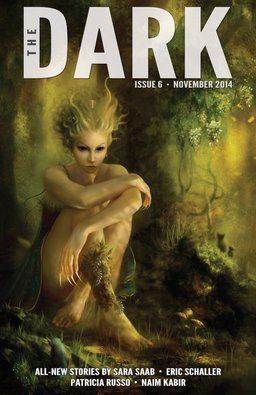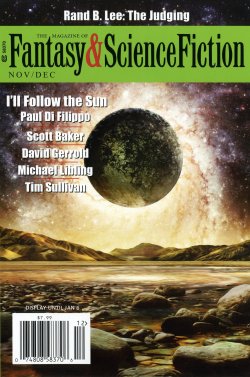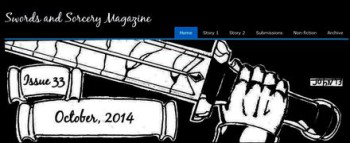Galaxy Science Fiction, April 1952: A Retro-Review
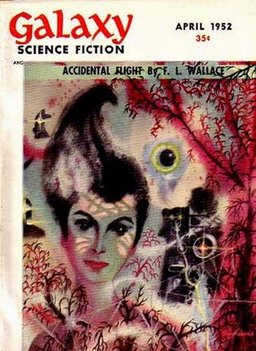 Ah, Galaxy. My old friend. I wonder if this is how readers felt by the time the April, 1952 issue rolled out. Officially labeled as Volume 4, Number 1, this issue marked the completion of 18 months for the magazine. You can tell a lot about a magazine by that point in time, especially if it’s hitting newsstands every month. And I think readers could tell that this was something amazing.
Ah, Galaxy. My old friend. I wonder if this is how readers felt by the time the April, 1952 issue rolled out. Officially labeled as Volume 4, Number 1, this issue marked the completion of 18 months for the magazine. You can tell a lot about a magazine by that point in time, especially if it’s hitting newsstands every month. And I think readers could tell that this was something amazing.
“Accidental Flight” by F. L. Wallace — Medical advancements can save people with profound injuries, but in some cases, the patients can’t recover into “normal” status. They might be amputees, lack vital organs, or have any variety of conditions that makes them unsuitable to join the rest of society. These people live on an asteroid, cared for and guarded by medical staff. And though they don’t wish to rejoin society, they do wish to leave their asteroid in order to explore the stars.
It’s interesting to see a cast of characters with disabilities. The story moves well, and I think (or perhaps hope) that this fiction touches on the theme that all people have value, despite what limitations a society may perceive. Wallace later expanded this tale into a novel titled Address: Centauri, published by Gnome Press in 1955, and as Galaxy Novel #32 in 1958 (see below).
“Katahut Said No” by J. T. M’Intosh — A computer system on Earth helps the Economic Center determine unviable towns on Venus. After all, there are only a limited amount of resources available, and the latest analysis shows one of the towns must die. The people would be dispersed elsewhere, and efficiency would increase. Unfortunately, the computer picks Katahut, the first settlement on the planet. And the citizens of the town do not wish to comply.
I liked the politics around this story — how one man tries to rally the town to fight the decision and what that may mean for all of the settlements. But the zinger was the final sentence.

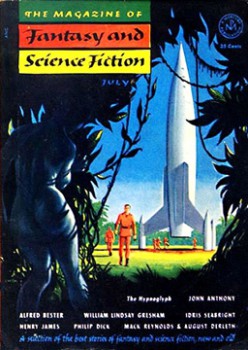

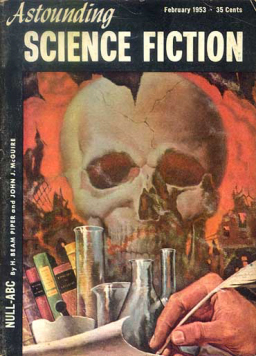
 It’s not just Hallowe’en, Christmas, and Thanksgiving, but it’s also that time of year when I try to catch up my 2014 short fiction listening so that I’ll be ready to make some choices about the Nebulas, the Hugos, and the Auroras.
It’s not just Hallowe’en, Christmas, and Thanksgiving, but it’s also that time of year when I try to catch up my 2014 short fiction listening so that I’ll be ready to make some choices about the Nebulas, the Hugos, and the Auroras. “
“